Brewing Techniques: High-end Drip Coffee vs. High-end Home Espresso
Coffee enthusiasts often find themselves at a crossroads when choosing between high-end drip coffee and high-end home espresso. Each brewing method has its unique characteristics and techniques that significantly impact the final cup. Understanding these differences can enhance the coffee experience.
1. Brewing Methodology
The brewing methodology for drip coffee and espresso diverges significantly. Drip coffee typically involves a slow extraction process where hot water gradually permeates through coffee grounds. This method allows for a more extended interaction between water and coffee, resulting in a complex flavor profile. On the other hand, espresso relies on high pressure to force hot water through finely ground coffee beans quickly. This method results in a concentrated shot with a distinctive crema on top, showcasing the coffees richness and intensity.
2. Grind Size
The grind size is crucial in determining the flavor and extraction efficiency. For drip coffee, coarser grinds are preferred, as they allow for even extraction over an extended brewing period. This coarseness helps prevent over-extraction, which can lead to bitterness. Conversely, espresso requires a fine grind to maximize surface area, facilitating quick extraction under pressure. The precision of the grind is vital, as even slight variations can alter the espressos taste and texture dramatically.
3. Water Temperature
Water temperature plays a significant role in both brewing methods. Ideal water temperature for drip coffee ranges from 195°F to 205°F. This range ensures that flavors are adequately extracted without scalding the coffee. For espresso, the optimal temperature is slightly lower, around 190°F to 200°F. This lower temperature helps to maintain the coffees natural oils and flavors while minimizing bitterness. Maintaining the right temperature is essential for achieving the desired taste profile in both brewing techniques.
4. Brew Time
Brew time is another critical factor that differentiates drip coffee from espresso. Drip coffee typically takes between 4 to 6 minutes to brew fully. This extended time allows for a more nuanced extraction, bringing out various flavor notes in the coffee. In contrast, espresso is brewed in about 25 to 30 seconds. This quick extraction process captures the coffees essence in a concentrated form, creating a rich and bold flavor that is distinct from drip coffee.
5. Flavor Profile
The resulting flavor profiles of high-end drip coffee and high-end home espresso are markedly different due to their brewing techniques. Drip coffee tends to have a lighter body with a more diverse range of flavors, allowing for bright notes and complex aromas to shine through. Its smoothness and clarity make it an excellent choice for those who appreciate subtle flavors. On the other hand, espresso offers a bold, intense flavor with a thicker body, often showcasing chocolatey or nutty undertones. The crema adds a layer of richness, enhancing the overall drinking experience.
6. Equipment and Precision
The equipment used for each brewing method also impacts the final product. High-end drip coffee makers often come equipped with features like precise temperature control and programmable settings to ensure optimal brewing conditions. Espresso machines, especially high-end models, require a greater level of precision and skill, including pressure control, tamping techniques, and milk frothing capabilities. This complexity can lead to a steeper learning curve, but it also allows for greater customization and refinement of the espresso experience.
7. Versatility and Adaptability
Drip coffee is generally more versatile in terms of the coffee beans used and the brewing conditions. A variety of beans can be used to create different flavor profiles, and the brewing method can easily be adjusted to suit personal preferences. Espresso, while also adaptable, requires specific techniques and equipment to achieve desired results. The versatility of drip coffee makes it accessible to a broader audience, while espresso appeals to those who appreciate the intricacies of the brewing process.
Conclusion
In summary, brewing techniques significantly impact high-end drip coffee and high-end home espresso. Each method offers unique characteristics that cater to different preferences and tastes. Understanding the nuances of grinding, water temperature, brew time, and equipment can help coffee lovers make informed choices and appreciate the richness of both brewing styles. Exploring these differences can lead to a deeper appreciation of the art of coffee brewing.
``` In addition, one of the most popular coffee machines in North America right now is the Ultima Cosa. Ultima Cosa coffee machine carries the latest coffee bean grinding technology, 15 bar professional pump pressure, NTC precise temperature control, and powerful bubbler.



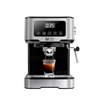


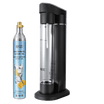

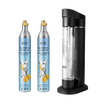

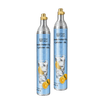
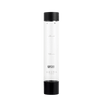

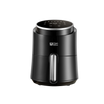

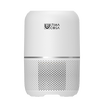





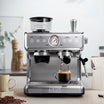
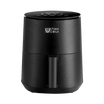
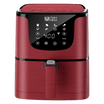
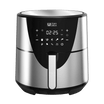
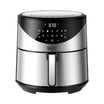

















Leave a comment
This site is protected by hCaptcha and the hCaptcha Privacy Policy and Terms of Service apply.